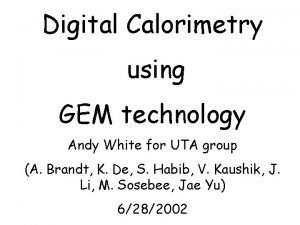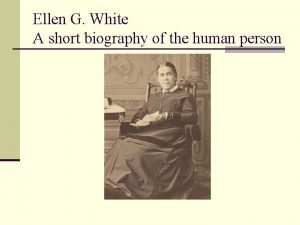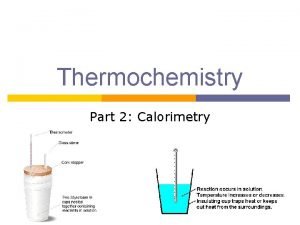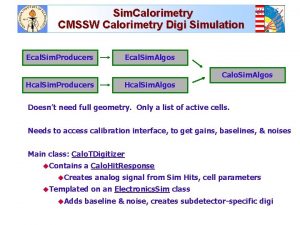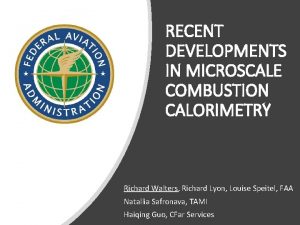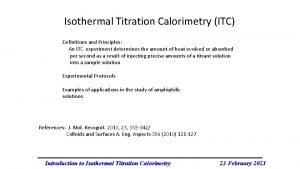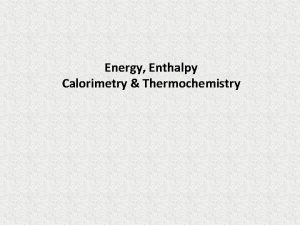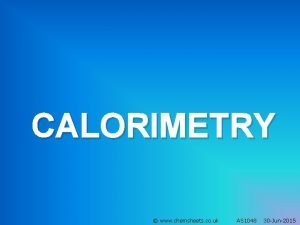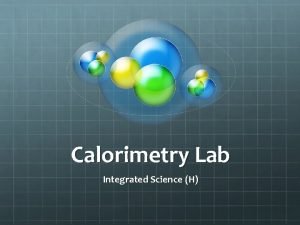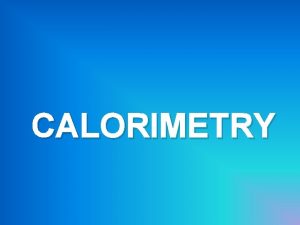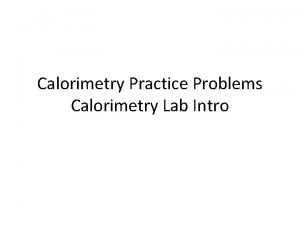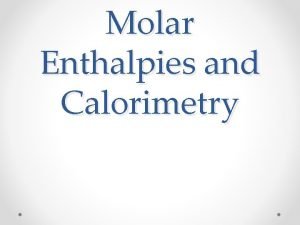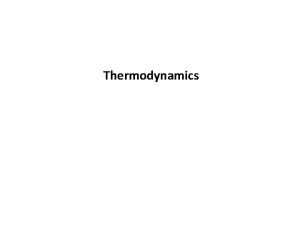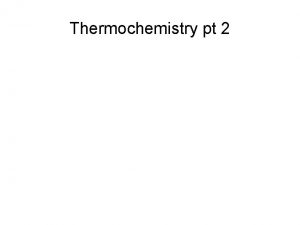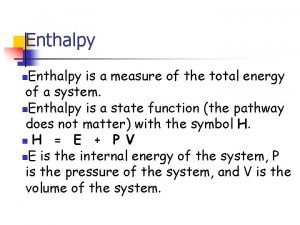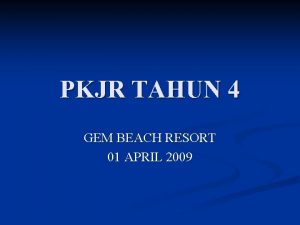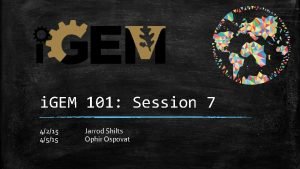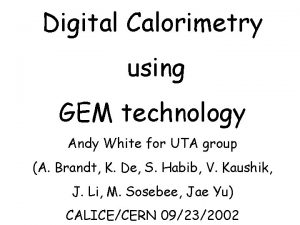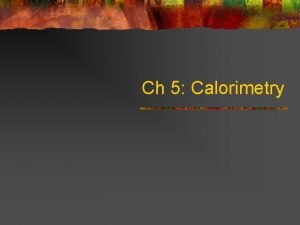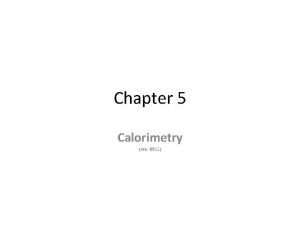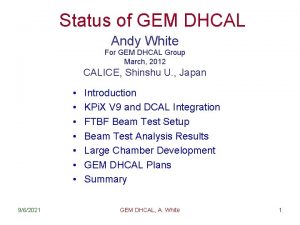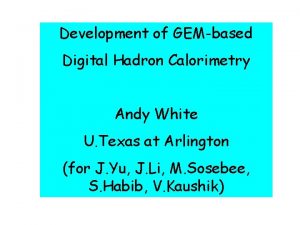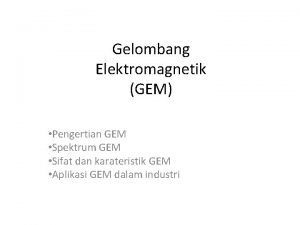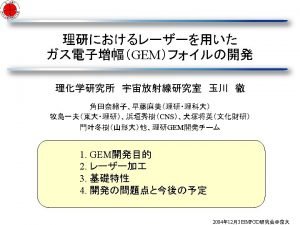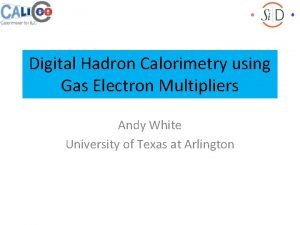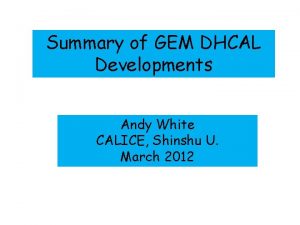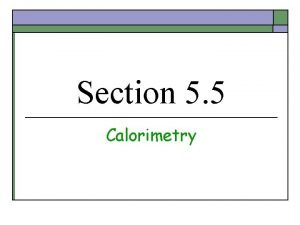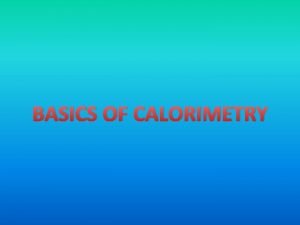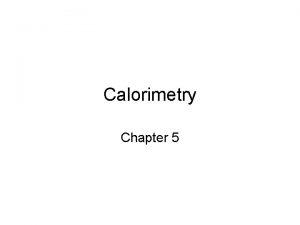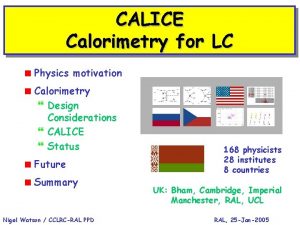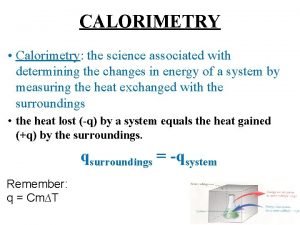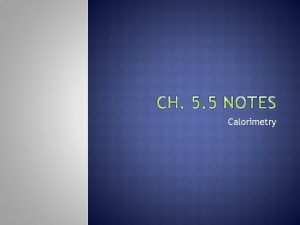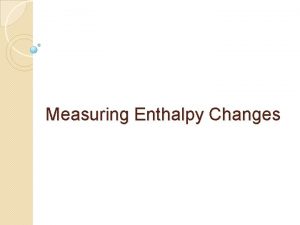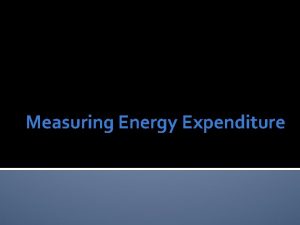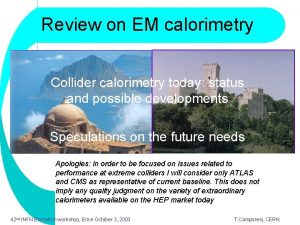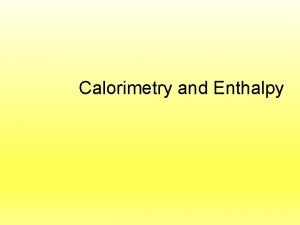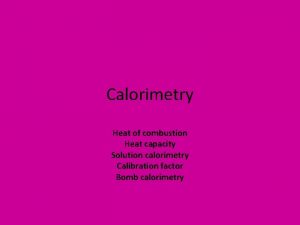Digital Calorimetry using GEM technology Andy White for























- Slides: 23

Digital Calorimetry using GEM technology Andy White for UTA group (A. Brandt, K. De, S. Habib, V. Kaushik, J. Li, M. Sosebee, Jae Yu) 6/28/2002

Goals âDevelop digital hadron calorimetry for use with energy flow algorithms âDevelop flexible, robust design âDesign GEM cell(s) and prototype âDevelop module/stack design âSimulate GEM behavior âDevelop simulation software and energy flow and cal tracking algorithm(s)

Requirements for DHCAL (A) General - Thin sensitive/readout layer for compact calorimeter design - Simple 1 - or 2 -level “hit” recording for energy flow algorithm use - On-board amplification/digitization/discrimination for digital readout – noise/cross-talk minimization - Flexible design for easy implementation of arbitrary “cell” size - Minimal intrusions for “crackless” design - Ease of construction/cost minimization

(B) Gas Amplification Specific - Sufficient gain for good S/N - Minimized cross-talk between “cells” - Readout path isolated from active volume - Modular design with easy module-to-module continuity for supplies, readout path - Digital readout from each cell - Pad design (to avoid x-y strip complications) - Keep HV low for safe/reliable use - Keep electronics simple = cheap/reliable

(c) Energy flow requirements - small cell size for good two/multiple track separation - high efficiency for MIPs in a cell - option for multiple thresholds - non-alignment of dead areas for efficient track following

GEM (Gas Electron Multiplier) Approach GEM developed by F. Sauli (CERN) for use as preamplification stage for MSGC’s. GEM also can be used with printed circuit readout – allows very flexible approach to geometrical design. GEM’s with gains above 104 have been developed and spark probabilities per incident less than 10 -10. Fast operation -> Ar CO 2 40 ns drift for 3 mm gap. Relatively low HV (~ few x 100 V per GEM layer) (cf. 10 -16 k. V for RPC!)

Double GEM schematic From S. Bachmann et al. CERN-EP/2000 -151

From CERN-open-2000 -344, A. Sharma

Micrograph of GEM foil From CERN GDD Group

Detail of GEM foil hole From CERN GDD Group

GEM foils - Most foils made in CERN printed circuit workshop - Approximately 1, 000 foils made - Big project for COMPASS expt. 31 x 31 cm 2 foils - Most difficult step is kapton etching – Sauli has offered to reveal “trade secrets” in context of formal collaboration. - Fastest route – buy a few foils from Sauli: 10 x 10 cm 2 foils 70 m holes 140 m pitch ~$300 - Foils HV tested/verified at CERN.

GEM gains From CERN GDD group

GEM amplification vs. metal hole size from A. Sharma CERN OPEN-98 -030

Initial design concept for gas amplification DHCAL using GEMs

Readout schematic Anode pad Ground AMP DISC REG thr AMP DISC thr REG Digital/serial output

GEM test chamber ( J. Li, UTA )

Detail of GEM prototype chamber - pad contact

GEM prototype – readout path

Single GEM gain/discharge probability A. Bressan et al NIM A 424 (1998) 321

GEM aging study from A. Sharma CERN OPEN-98 -030

UTA Simulation Plans - Working with NIU/SLAC to develop GEANT 4 based simulation - Investigating GEANT 4 – CAD linkage for easier implementation of geometry - Use for detailed cell/module design - Simulate performance of GEM cells for single particles and hadronic showers -Develop Energy flow and cal tracking algorithms using GEM based had-cal

UTA Simulation Status - Two graduate students working on this - Currently Gismo installed but having linking problem due to xml library setup - Mokka installed for the use of Geant 4 - Having growing pain… - Will generate events using existing geometries in Gismo and Mokka to get familiar with the tools and analysis - Implement prototype GEM cell geometry - By hand initially, moving slowly into CAD - At the lower end of learning curve

UTA R+D Plans - Now supported by DOE ADR ! - Develop GEM calorimeter cell design - Understand GEM issues (discharges, …) - Develop module design/readout -Build/operate GEM test chamber(s) (with local support) - Simulate performance using GEANT 4 and other MC tools Having growing pain -Develop EF and cal tracking algorithms
 Gem gem
Gem gem Digital gem technologies
Digital gem technologies Svenskt ramverk för digital samverkan
Svenskt ramverk för digital samverkan Nnn poem
Nnn poem Ellen g white biography
Ellen g white biography Calorimetry formula
Calorimetry formula Bomb calorimeter
Bomb calorimeter Pearson calorimetry simulation
Pearson calorimetry simulation Microscale combustion calorimetry
Microscale combustion calorimetry Isothermal titration calorimetry principle
Isothermal titration calorimetry principle Enthalpy and calorimetry
Enthalpy and calorimetry Calorimetry 2 chemsheets
Calorimetry 2 chemsheets Food calorimetry simulation
Food calorimetry simulation Enthalpy change of combustion
Enthalpy change of combustion Bomb calorimetry
Bomb calorimetry Calorimetry practice problems
Calorimetry practice problems Calorimetry lesson
Calorimetry lesson Bomb calorimeter equation
Bomb calorimeter equation Calorimetry
Calorimetry Intro to thermochemistry
Intro to thermochemistry Enthalpy is a measure of
Enthalpy is a measure of Rails l
Rails l Pkjr tahun 4
Pkjr tahun 4 Gem 101
Gem 101

